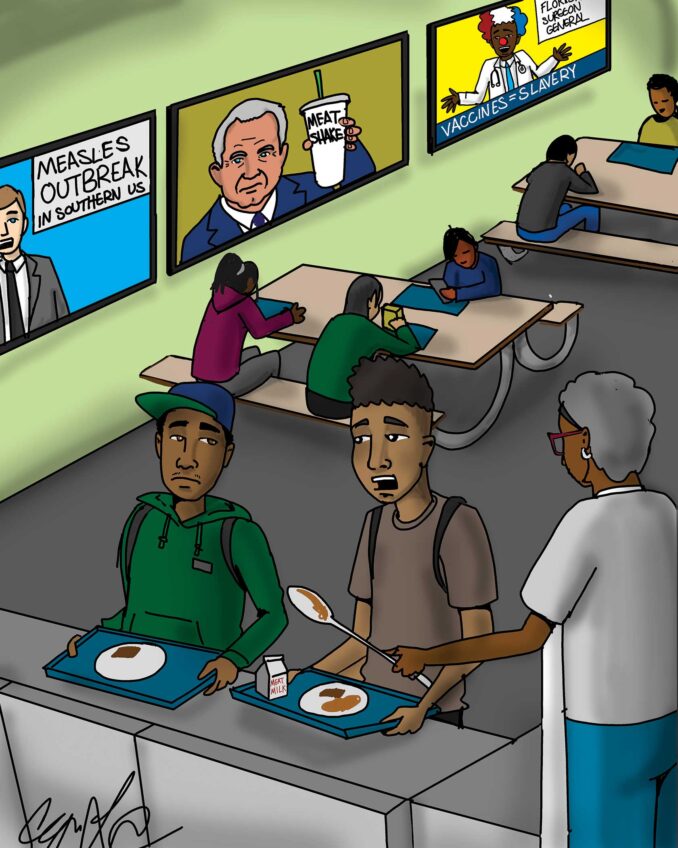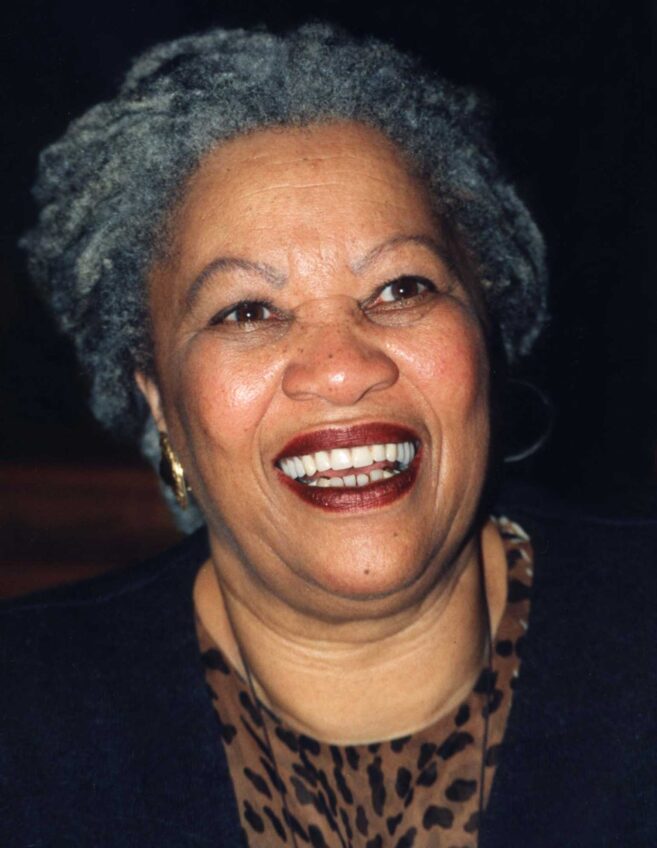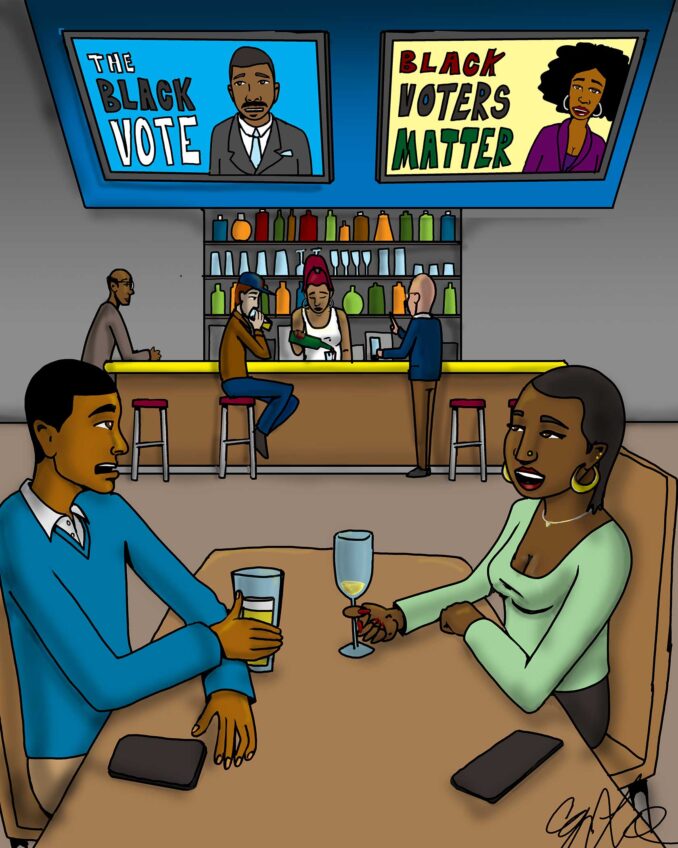White Stadium’s revitalization can make facility a proud community hub again
White Stadium was a place where legends were made. For Boston student-athletes in the 1960s and ’70s, playing at the stadium meant you had made it to the big stage. I can instantly relive my days on that field as a running back for East Boston High School. Back then, the Eastie vs. Southie game would bring 10,000 people into the stadium to watch one of the city’s biggest rivalries. White Stadium was central to BPS athletics and connected our city across geographic, racial and cultural boundaries. Sadly, decades of neglect and disrepair have left the stadium in a state of decay, stripping it of its former glory. Now, Boston has a generational opportunity to restore White Stadium and reclaim its prestige as the central hub of sports in our city.
The city of Boston and Boston Unity Soccer Partners (BUSP) have created a public-private-community partnership to revitalize White Stadium for the neighborhood, BPS student-athletes and our city’s new National Women’s Soccer League team. This co-investment of more than $100 million will renew a community jewel and bring White Stadium back to prominence.
This is a transformative project that will create a positive impact for generations. White Stadium will once again be the epicenter of city sports and a venue worthy of our kids calling home. Our youth will finally have a state-of-the-art facility in their neighborhood — no longer envious of their suburban counterparts. Think of the possibilities like city all-star games across sports and regulation track and field meets, fulfilling the growing demand for our boys’ and girls’ soccer teams and hosting youth summer camps. The opportunities are boundless.
As a former BPS football player, I know that we need White Stadium to be the beacon it once was. High school football in Boston is dying and a renewed stadium can inject life into those programs. Imagine the biggest games — Thanksgiving rivalries, MIAA playoffs — being played on the biggest stage, building excitement with future BPS players rising through the Pop Warner ranks. High school football was once vibrant in our city and it can be rejuvenated through this renovation.
While high school football was prominently featured at White Stadium during its heyday, BPS girls’ sports didn’t have equal opportunity. Along with girls’ soccer, track and lacrosse playing in a revitalized stadium, it’s exciting for them to share their home field with a professional women’s soccer team. Young girls will see the major role women play both on the field and in bringing this new team to Boston. They’ll see a female-led ownership group as role models for what women can be in sports and business. I have the pleasure of knowing BUSP managing partners Jennifer Epstein, Stephanie Connaughton, Ami Kuan Dannoff and Anna Palmer. They genuinely care about making Boston a better place and have contributed to our community for decades. These are women leaders who are stepping up to create something transformative for everyone.
There will be significant benefits for the surrounding communities of Roxbury, Dorchester and Mattapan. For too long we’ve seen disinvestment across these neighborhoods. This substantial investment will generate jobs and internships for local residents and foster collaboration with neighborhood businesses. I’m also encouraged that Black and brown community businesses have been engaged in this project from the start. BUSP is committed to sourcing at least 50% of its vendor contracts from women- and minority-owned businesses, with a particular focus on working with businesses and employees from the neighborhoods directly surrounding Franklin Park.
We have the opportunity to do something that’s bigger than ourselves for our neighborhood. A revitalized White Stadium brings incredible potential and possibilities to our community. When we allow our youth to play in a facility in the condition White Stadium is currently in, it sends a clear message: It’s okay for Black and brown kids to use a field that’s not of the level that they deserve. When have Boston students ever been able to say that they have a best-in-class facility in their neighborhood? Through the revitalization of White Stadium, they will.
The White Stadium I grew up with was more than just a sports venue; it was a community hub. Back then, Boston’s neighborhoods were divided by race, but the stadium provided a common ground where people from all backgrounds came together. As busing divided Boston, sports united it. White Stadium became a symbol of desegregation through the diversity of the teams and the fans in the stands to foster a sense of unity. A renewed White Stadium can bring people together and break down stereotypes again.
White Stadium can shine brighter than it did in the 1960s and ’70s with BPS students and the community building upon the legacy of this celebrated venue. We can do something that will have a positive impact on future generations. This proposal makes too much sense, and if we miss this opportunity, who knows how long our youth will have to wait for the White Stadium they deserve.
Robert Lewis Jr. is president & CEO of the Boys & Girls Clubs of Boston.






